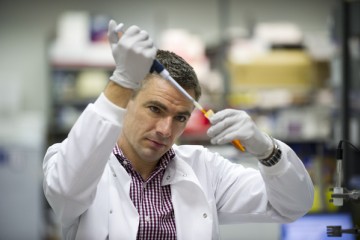Project grant
Real-time monitoring techniques and simplistic platelet assays to reduce and refine animal use in cardiovascular and respiratory biomedical research

At a glance
Completed
Award date
November 2014 - March 2017
Grant amount
£232,737
Principal investigator
Dr Michael Emerson
Co-investigator(s)
Institute
Imperial College London
R
- Reduction
- Refinement
Read the abstract
View the grant profile on GtR
